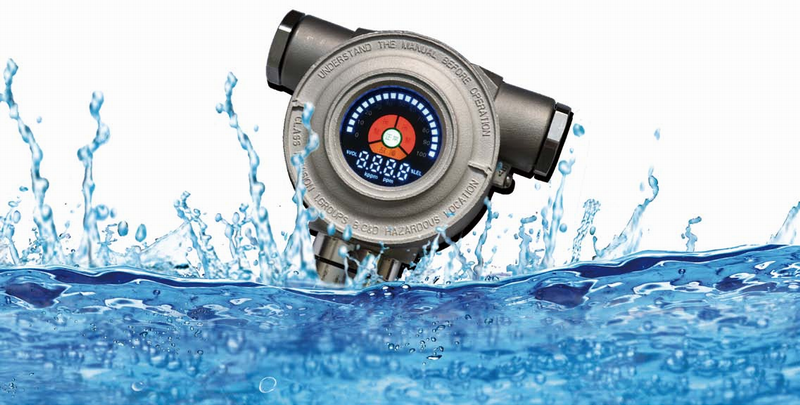
Product overview:
The wiring mode is flexible, including four bus, three wire 4-20mA current ring, relay, Hart and other output modes;
The magnetic rod control method can realize one person calibration on site and reduce the risk of cover opening;
Two level adjustable alarm point;
With alarm relay output, external linkage equipment can be connected
Imported sensor element, high precision, fast response;
Full explosion-proof design, explosion-proof grade Exd Ⅱ CT6;
It can be equipped with wing agility S100 acousto-optic alarm to realize local acousto-optic alarm
Cast aluminum or stainless steel shell optional, good corrosion resistance;
Support a variety of wall GUI, holding pipe and other installation methods, the installation side, good adaptability.
Main technical indicators:
Monitoring principle: catalysis, infrared, electrochemistry, semiconductor, PID
Monitoring gas: combustible gas, various toxic and harmful gases, etc
Detection method: diffusion
Control mode: adopt the magnetic rod control method, adjust the gas instrument without opening the cover, safe and convenient;
Alarm setting: two section alarm: low section alarm point (1% FS to high section alarm point)
High alarm point (low alarm point to 100% FS)
Alarm output: D650, D610: two normally open relay outputs, rated output is 3A / 24V
One normally open active output, rated output 1A / 24V
D630: two normally open relay outputs, rated output 3A / 24V
Measurement: Flammability: ± 3% LEL
Toxic: soil 5% FS
Signal output: D650, D610: 4 ~ 20mA signal (standard), standard Hart (optional)
D630: four wire digital communication;
Working status indication: gas instrument is normal (green LED)
Gas instrument alarm (red LED)
Gas instrument fault (yellow LED)
Explosion proof mode: D650, D610: Flameproof + intrinsic safety;
D630: flameproof type
Explosion proof signs: D650, D610; Exd Ⅱ C T6 GB;
D630: Exd IIC T6 Gb
Rated working voltage: 24VDC
Normal working voltage range: 18-32vdc
Power consumption: < 1W (Electrochemistry); < 2W (catalysis, infrared, half search, PID)
Installation mode: fixed installation
Electrical interface: 2 G3 / 4 internal threads
Sensor service life: catalyst 1 year, infrared 5 years, electrochemistry 2 years, semiconductor 2 years, PID except bulb and grid. 5 years for the body (the service life is from the date of delivery of the gas instrument, which is the expected service life of the sensor in the medium term of clean air)
Temperature range: catalysis, infrared: - 40 ℃ ~ + 70 ℃
Electrochemistry: - 20 ℃ ~ + 50 ℃
PID:-40℃~+60℃
Semiconductor: - 10 ℃ ~ + 50 ℃
Humidity range: 10-95% RH (no condensation)
Storage temperature: 0 ° C ~ + 40C
Pressure range: 86kpa ~ 106kpa